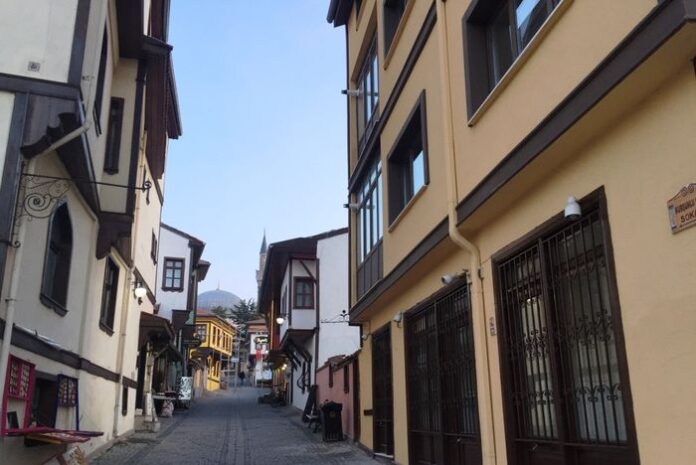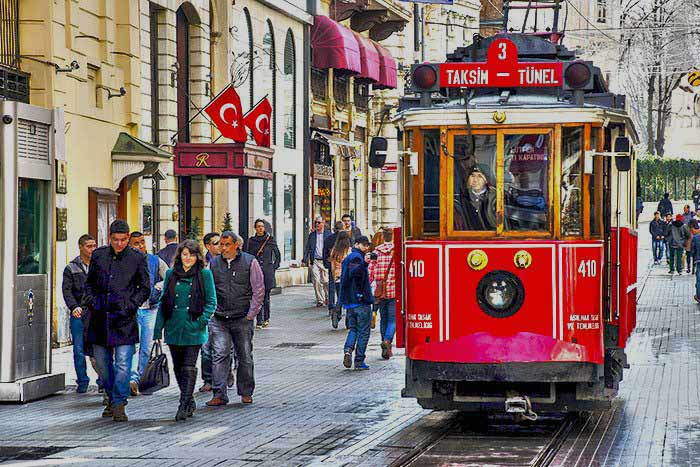Industrial Growth in the Early 1920s
Between 1920 and 1923, Bulgaria experienced significant industrial growth despite a global economic crisis. During this period:
379 new industrial enterprises were established.
211 joint-stock companies were founded, with capital assets of 466,171,000 leva.
This growth shows that Bulgaria was gradually recovering from the hardships of World War I and beginning to modernize its economy.
Stabilization Under Liapchev (1926–1929)
A period of economic stabilization followed during the government of Andrey Liapchev (1926–1929). By 1930, industrial production had risen significantly:
1921 production: 4,094,000,000 leva
1930 production: 7,320,000,000 leva
The number of joint-stock companies also increased, reaching 622 by the end of 1928. The total capital assets of these companies amounted to 3,167,700,000 leva, of which 985,400,000 leva came from foreign investments From 1900 to 1912.
This period laid the foundation for modern industry and expanded foreign economic connections.
Impact of the Global Depression (1929–1933)
The worldwide economic depression had a serious impact on Bulgaria:
Foreign trade was affected first, reducing exports and imports.
The gold backing of the lev suffered, weakening the national currency.
The government struggled to meet reparations payments from World War I.
Despite government efforts, the economy remained unstable, and rural areas suffered the most. Farmers faced falling prices and growing debt, worsening the economic hardship.
Industry and Joint-Stock Companies
During this period, the industrial sector underwent adjustment and consolidation:
Larger enterprises grew stronger, while smaller factories faced difficulties.
The tobacco industry became particularly important, contributing significantly to exports and government revenue.
Between 1929 and 1936, joint-stock companies strengthened as a response to economic uncertainty. Among different sectors, cement production led in invested capital, followed by textiles and sugar.
Government Measures and Economic Reforms
To address the crisis, the government passed legislation aimed at:
Reducing widespread unemployment
Easing debtor liabilities
Supporting industrial enterprises in a difficult economic environment
These measures helped stabilize the economy and protected larger industrial companies from collapse, even during the depression years Private Guides Turkey.
From 1920 to 1936, Bulgaria experienced both growth and challenges. Early industrial expansion and the formation of joint-stock companies laid a strong foundation. Stabilization under Liapchev boosted production and foreign investment. However, the world depression highlighted vulnerabilities in agriculture and trade. The government’s reforms and the consolidation of industry helped Bulgaria navigate this difficult period and prepared the economy for future developments in the 1930s.








